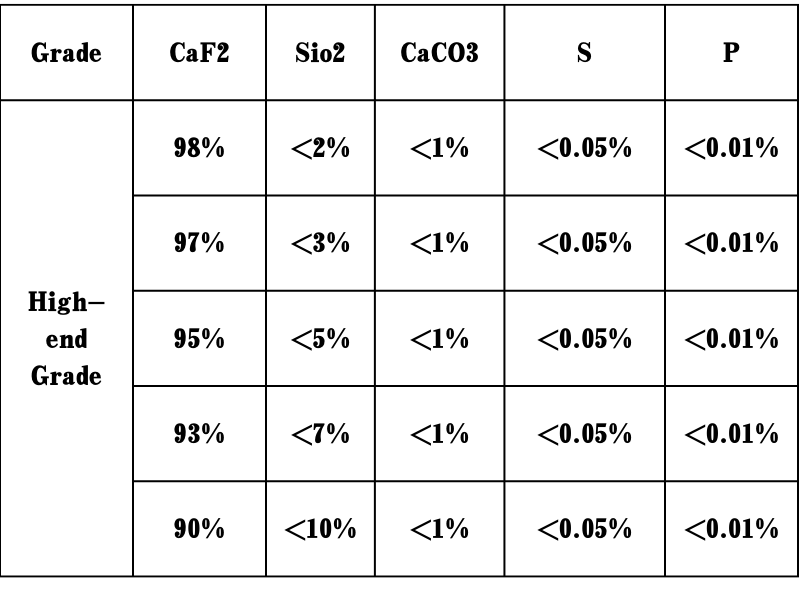
talc use
Understanding Talc Uses, Benefits, and Considerations
Talc is a naturally occurring mineral composed primarily of magnesium, silicon, and oxygen. Due to its unique properties, including softness, heat resistance, and the ability to absorb moisture, talc has found a wide array of applications across various industries. From cosmetics to pharmaceuticals, talc serves as a functional ingredient that enhances product performance. However, there are important considerations regarding its safety and environmental impact that merit discussion.
Cosmetic and Personal Care Products
One of the most well-known uses of talc is in cosmetics. Talcum powder, often used for its absorbent qualities, helps keep skin dry and comfortable. It is commonly found in baby powder, body powder, and various forms of makeup, including face powders and blushes. The fine texture of talc allows for smooth application and a matte finish, making it a favored ingredient in beauty products. Additionally, talc acts as a filler or binder, improving the overall formulation of these products.
Pharmaceuticals
Beyond cosmetics, talc is utilized in the pharmaceutical industry. It serves as a lubricating agent in tablet manufacturing, ensuring that the machinery runs smoothly and that the tablets do not stick to the equipment. Talc is also found in certain medicinal products, where it is used as an excipient—an inactive substance that helps to deliver the active medication effectively.
Industrial Applications
Talc is not limited to consumer products; it also plays a significant role in various industrial applications. For instance, it is used in the production of plastics, ceramics, and roofing materials. In plastics, talc enhances rigidity and thermal resistance, making it a valuable additive in manufacturing a range of plastic products. In ceramics and paints, talc serves as a filler and a thickening agent, improving the texture and spreadability of the final product.
talc use

Considerations and Concerns
While talc has many beneficial uses, it is important to address the concerns surrounding its safety, particularly in cosmetic applications. The main issue stems from potential contamination with asbestos, a known carcinogen. Asbestos and talc can occur in close proximity in natural deposits, leading to concerns about the purity of talc used in consumer products. This has sparked debates and legal battles over the safety of talcum powder, especially regarding its connection to health issues such as ovarian cancer.
In response to these concerns, many companies have taken steps to ensure their talc is free from asbestos contamination. Organizations like the FDA and various health agencies continue to monitor the safety of talc and its applications, encouraging manufacturers to conduct rigorous testing.
Environmental Impact
Another consideration is the environmental impact of talc mining. While talc is a non-renewable resource, responsible mining practices are essential to mitigate its impact on the environment. Sustainable mining efforts include minimizing land disruption, conserving water, and ensuring that local ecosystems are preserved. Consumers and companies alike are encouraged to support talc sourced from responsible suppliers who prioritize environmental sustainability.
Conclusion
In summary, talc is a versatile mineral with numerous applications in cosmetics, pharmaceuticals, and various industrial sectors. While it provides many benefits, including moisture absorption and improved product texture, safety concerns related to its use must be acknowledged. Ongoing research and responsible sourcing practices will help ensure that talc remains a valuable resource, providing its many benefits without compromising public health or the environment. As consumers become more informed, it is crucial to support transparency and safety in the use of talc in products we use daily.
Share
-
Premium Talcum Powder Enhanced with GPT-4 Turbo | Soft & Long-LastingNewsAug.02,2025
-
Fly Ash Solutions Enhanced by GPT-4 Turbo | Sustainable InnovationNewsAug.01,2025
-
Natural Premium Bentonite Cat Litter - Superior ClumpingNewsJul.31,2025
-
Premium Resin Coated Sand - High Heat Resistance CastingNewsJul.31,2025
-
High Quality Silicon Carbide Grit for Abrasive ApplicationsNewsJul.30,2025
-
High-Quality Ceramsite for Plants & Gardening | Lightweight PebblesNewsJul.29,2025






